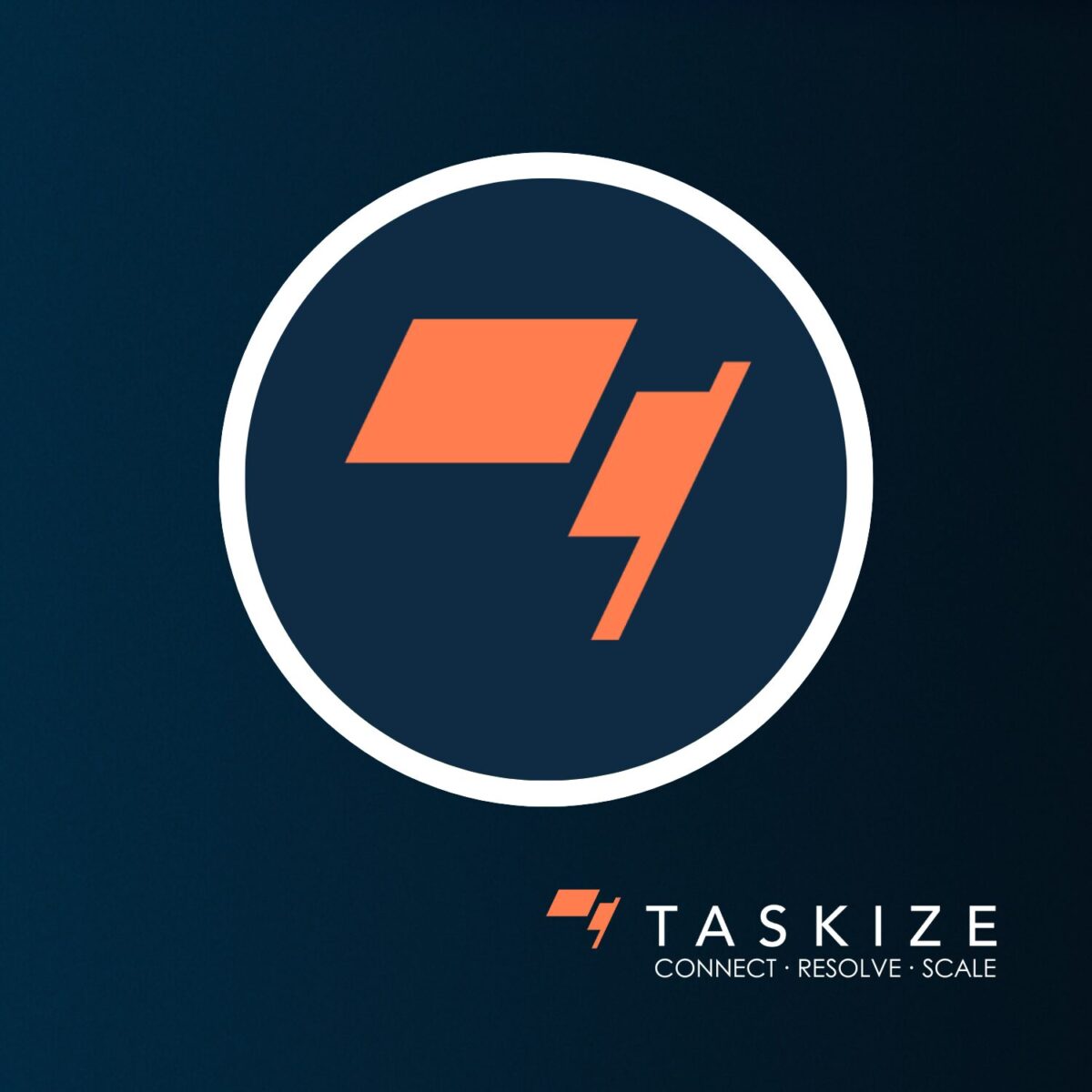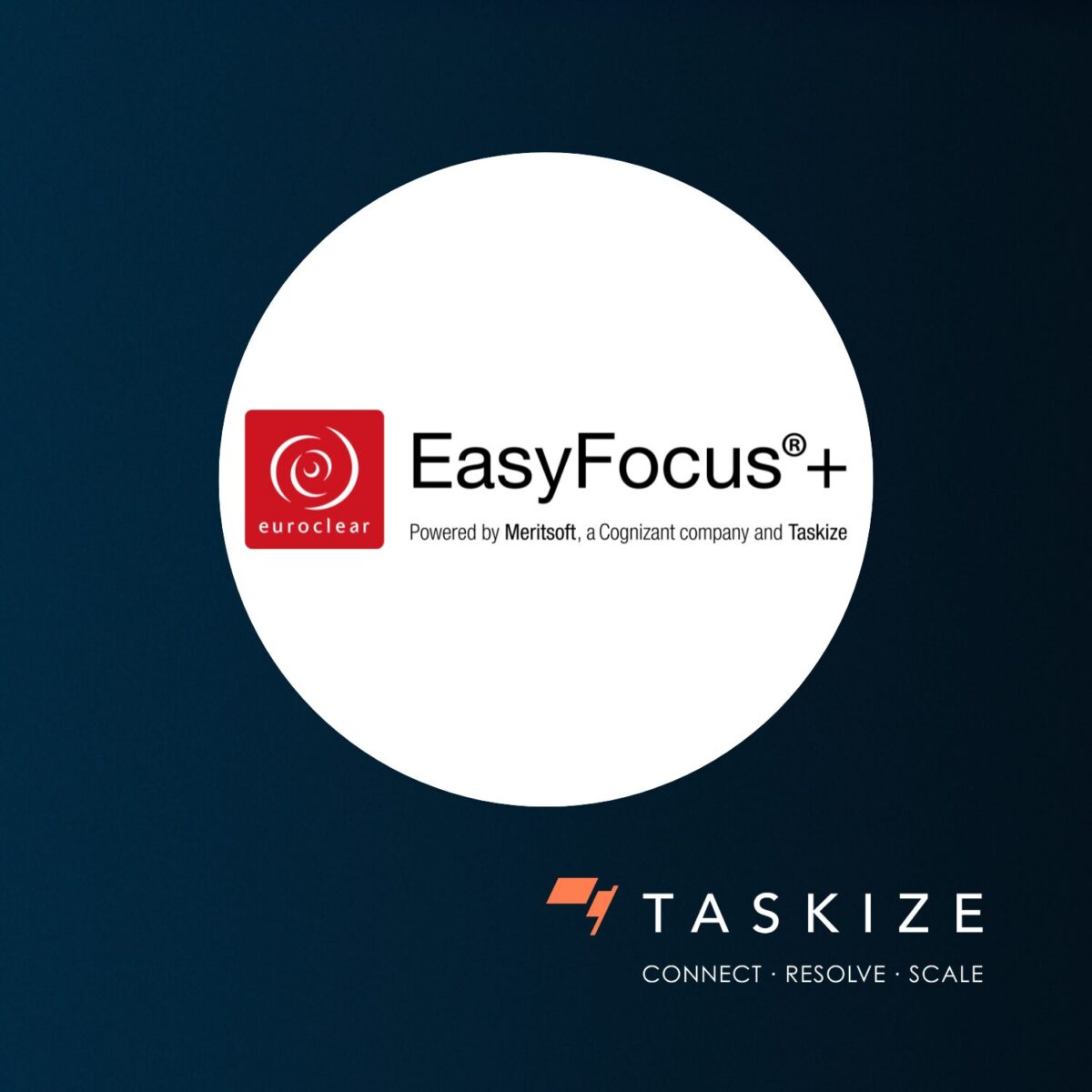Insights
An update on the challenges around T+1 settlement regime from James Pike — ex-Morgan Stanley, now Head of Business Development at Taskize — as we kick off Day One at SIFMA Ops 2023…

Winston Churchill’s infamous words “now this is not the end, it is not even the beginning of the end, but it is, perhaps, the end of the beginning,” immediately spring to mind when it comes to the May 2024 deadline for T+1.
The long-awaited confirmed go-live date is very much the start of a long operational journey, and market participants need to come to terms with the fact that full compliance by this date is not necessarily going to happen.
This is why, for brokers, custodian banks and asset managers, finding ways to address the following bottlenecks now should, in theory, make the road to T+1 a much smoother one:
Improving on pre-matching
The process of comparing settlement details to ensure that they meet the terms of the transaction, pre-matching is a key early-stage component of T+1 preparation. Changes to trade matching processes, including much tighter deadlines for the receipt of an asset manager’s trade instructions, not to mention the resolution of pre-trade problems, should be considered now.
Addressing settlement fails post-trade matching
If the industry harbours any hope of reducing settlement fails post the matching process, then the brokers, custodian banks and asset managers can’t afford to be disconnected from one another. Bringing counterparties together that are not necessarily in a direct chain of communication is not an easy problem to solve – but it can be done. For example, brokers and asset managers already talk, but then the conversation with one of the most pivotal counterparties in the entire settlement chain, the custodian bank, has been somewhat of an afterthought.
This is largely due to the fact that brokers do not typically use custodians in the US market as they are direct participants of the DTCC. However, custodian banks are incredibly important from an asset manager’s perspective. The issue is they do not know who the custodian bank is for every fund that they are trading with, which means they are unable to reach out directly to the custodian bank because they have no contractual relationships with them. Ultimately, this is why there needs to be more seamless real-time dispute/problem resolution occurring between the three counterparties.
Getting the most out of data
Once the various counterparties have a better line of communication, attention will need to turn to getting more out of the data at their disposal. Broadly speaking, market participants know what the data challenges around T+1 are, but many of them do not have a good enough understanding of the specific issues due to the poor quality of data at their disposal.
The reality is that market participants need more insightful information to enable stronger route cause analysis and to carry out better benchmarking of the issues that cause settlement fails to occur. As things stand, it is unambiguous in terms of what is driving the settlement fails thereafter.
Take the example of a broker and asset manager both accusing each other driving a settlement fail. An asset manager may well be failing to the broker on a US security, and vice versa. But it is only when one digs into the detail of this sort of issue that interesting findings emerge. For instance, it is not uncommon for the broker fail ratio vs an asset manager to be around 8 to 1. So, there might be a $10 million fail from the asset manager to the broker, but this pales into insignificance in comparison to the $400 million fail broker owes the asset manager for the same US security.
One can’t in this instance describe the asset manager as the problem in the settlement fails process. It is ultimately driven by an inventory problem that is caused by the broker. Ultimately, the broker is the liquidity provider and, in this hypothetical case, the liquidity is just not flowing through the process. Part of the reason could be that trades are not being matched efficiently.
Alternatively, it could be that the inventory is not being used efficiently or the settlement instructions being used to settle in the right place are simply inaccurate. Another reason could be the inability to recycle assets. For example, if there is a trade for 100 shares, and the broker has 60, why not settle the 60 and then carry forward the 40 in order to improve the liquidity in the market?
If all brokers did this there would be much more throughput of US securities through the system which would mean more trades would settle more efficiently.
As the road to T+1 begins in earnest, failure to address these bottlenecks and obstacles in a coordinated fashion will leave market participants with highly inefficient settlements.
These issues must be dealt with before operations staff in the back office even begin thinking about how to communicate effectively with the risk team in the middle office around other T+1-related problems that will emerge between now and May 2024.

